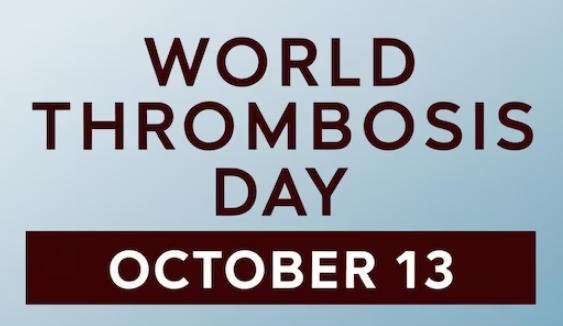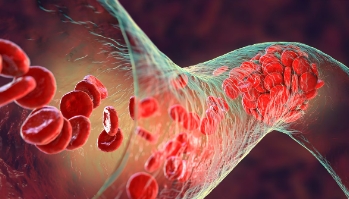- Time:2022.09.06
Science and Technology Daily, Kunming, September 5 (Reporter Zhao Hanbin) High-altitude exposure is an important risk factor for thrombosis. The reporter learned from the Kunming Institute of Zoology, Chinese Academy of Sciences on September 5 that the natural drug functional proteomics team led by researcher Lai Ren of the institute recently took the lead in revealing the pathological mechanism of high altitude thrombosis, and provided intervention strategies for the development of new anti-altitude thrombosis drugs. Fresh thinking. The internationally renowned journal "Blood" published relevant research results online.
Numerous studies have shown that the incidence of venous and arterial thrombosis events, including myocardial infarction, stroke, pulmonary embolism, cerebral venous thrombosis, and portal vein thrombosis, is significantly increased at high altitude. People living at an altitude of 2,000 meters are more than twice as likely to have thrombosis than those at low altitudes, and people living at altitudes above 3,000 meters are 30 times more likely to develop thrombosis than those at low altitudes. Although there have been some reports and hypotheses on the research on the pathological mechanism of high altitude thrombosis, the research and hypotheses are still at a relatively shallow stage, and the key intermediate factors are still unknown. Therefore, in-depth research on the pathogenesis of high altitude thrombosis and the development of new antithrombotic strategies have become urgent issues.
Previously, Lai Ren's team has achieved a series of achievements in blood physiology, pathogenesis of thrombosis and the development of new antithrombotic drugs with low bleeding risk. Recently, in collaboration with researchers from the University of Toronto, they found that the concentration of the key coagulation regulator transferrin, as well as the activities of thrombin and coagulation factor XIIa, were significantly increased in the plasma of experimental mice that lived for a long time at high altitudes and that traveled for a short period of time at high altitudes. rise. Subsequent animal and cell experiments confirmed that hypoxia and hypothermia, two key high altitude harmful factors, enhanced the expression of hypoxia-inducible factor, which in turn promoted the expression of transferrin, which further enhanced the activity of thrombin and this coagulation factor, thereby inducing high plasma levels Congealing tendency.
Studies have shown that the up-regulation of transferrin at high altitude can increase iron ion transport and promote the maturation of bone marrow red blood cells, thereby increasing oxygen supply; secondly, the up-regulation of transferrin induces hypercoagulability and slows blood circulation, thereby reducing heat loss and oxygen consumption. , which may be an important physiological compensation strategy for organisms to cope with the two extreme environments of hypoxia and low temperature.
Importantly, transferrin interventions, including transferrin antibody therapy, transferrin knockdown, and peptides designed to inhibit the interaction of transferrin with coagulation factors, were effective in inhibiting the occurrence of thrombotic events in the high-altitude mouse model, and in reducing the incidence of thrombotic events in high-altitude mouse models. Improve mouse survival.
Information Source: Science and Technology Daily
Special statement: The reproduce of this article is only for the purpose of disseminating information, and does not mean to represent the views of this website or to confirm the authenticity of its content; if other media, websites or individuals reprint from this website, they must retain the information indicated on this website. "Information Source", and bear legal responsibility for copyright and other legal responsibilities; if the author does not want to be reprinted or contact the reprint fee and other matters, please contact us.










